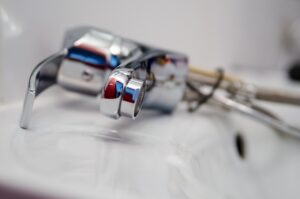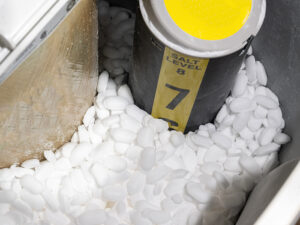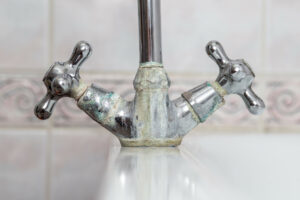Removing a sink stopper can seem like a difficult task, especially if it’s stuck. Luckily, there are a few methods you can try to get the job done. In this blog post, we’ll discuss the different ways to remove a sink stopper if it’s stuck. We’ll also share some common reasons why a sink stopper could become stuck in the first place. So if you’re struggling to remove your sink stopper and need a little help, read on for some advice! And if you need any additional help, you can always call on the experts. At Miller & Sons Plumbing in Ocala, FL, no job is too big or too small for us to handle.
Why Remove a Sink Stopper
A sink stopper is a helpful tool found in nearly every bathroom or utility sink that plugs the hole at the bottom and prevents water from moving down and through the drain. Sink stoppers are useful in a variety of ways, from plugging the drain prior to cleaning jewelry or hand washing laundry items, to so much more.
We typically only remove sink stoppers in the event that either the stopper or the drain needs to be cleaned. If you notice your sink drain becoming slower or if it isn’t draining as fast, knowing how to remove the stopper can give you access to the space you need to clean the sink drain. But when your stopper becomes stuck, it can make the whole process a bit more tricky.
Sink stoppers typically become stuck when the rubber seal at the top of the stopper creates a tight fit with the top of the drain. Pressure builds up behind it and makes the seal stronger over time. Stoppers can also get stuck in the “open” position from too much build up within the drain, or if a foreign object becomes lodged in the drain, such as a small toy or lots of tissue.
Let’s find out some easy methods you can try to remove a sink stopper if it becomes stuck.
How to Remove a Stuck Sink Stopper
Try Pulling It Up
If your stopper is stuck in the “open” position, meaning it is letting water flow by it and into the drain, try pulling it up with your hands via the knob in the center that sticks up out of your sink. Giving it a few quick but firm pulls may help it become dislodged.
Use a Suction Cup
Suction cups and plungers aren’t just for toilets. If your sink stopper is stuck in the “closed” position, meaning it’s flush with the sink basin and water isn’t able to go down the drain, a suction cup or plunger can help. To use this method, first fill your sink with water and then fit the suction cup or plunger over the sink drain and push down on it to form a tight seal. When you’re ready, use some force in an upward motion to quickly remove the plunger. If you’re not successful the first time, try again with more leverage and a bit more force. You may need to try a few times to relieve the built up pressure and get it to become unstuck. However, if it doesn’t work, try the next method.
Remove the Sink Parts Holding the Stopper In Place
Take a look under your sink at the pipes and configuration. You’ll see a rod that extends from the sink’s drain that is kept in place by a nut. This is the pivot rod, and it secures the sink stopper in place and keeps it from getting too high or too low.
Use pliers to gently remove the nut on the pivot rod, and then remove the pivot rod. Once the rod is removed, you should be able to pull the stopper up and out of the drain.
To replace the stopper and pivot rod, place the stopper back in the drain hole within the sink and turn it so that the hole in the bottom of the stopper faces the same direction of the pivot rod entry point. Put the stopper back into the sink and then replace the pivot rod.
Still Stuck?
If you’ve tried these methods and your sink stopper is still stuck, don’t worry. We can help! Our plumbing technicians are well trained in all plumbing matters, and we’re confident we can fix any issue you’re having. Call us today to get on the way to better plumbing!



